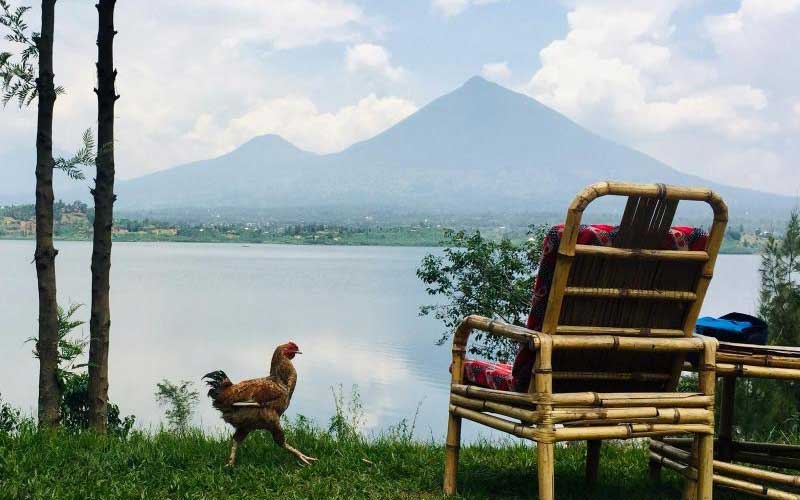×
The Standard e-Paper
Kenya’s Boldest Voice

Mt. Muhavura on Rwanda/Uganda/DR Congo borders just across Lake Ruhondo with a chicken cat walking. Photo by Anne-Cathrin Darcis
A visit to Rwanda is always punctuated by a strange question, “I hear there are very beautiful women there”. The same applies to Ethiopia. What has fascinated me is that the question is asked by women too!